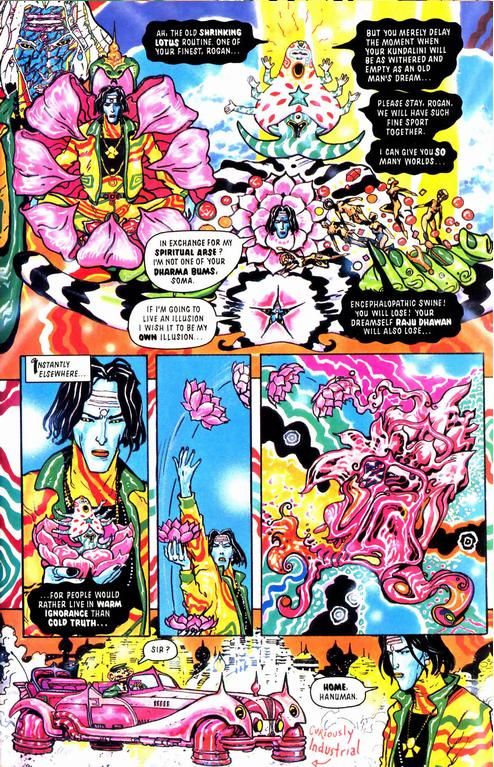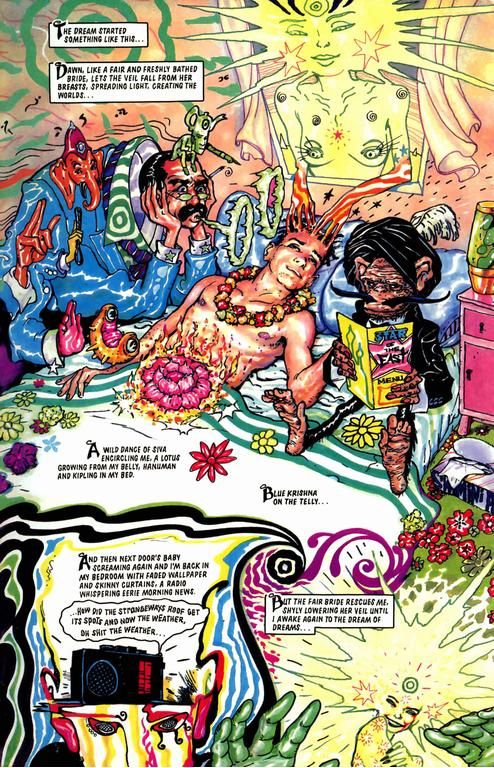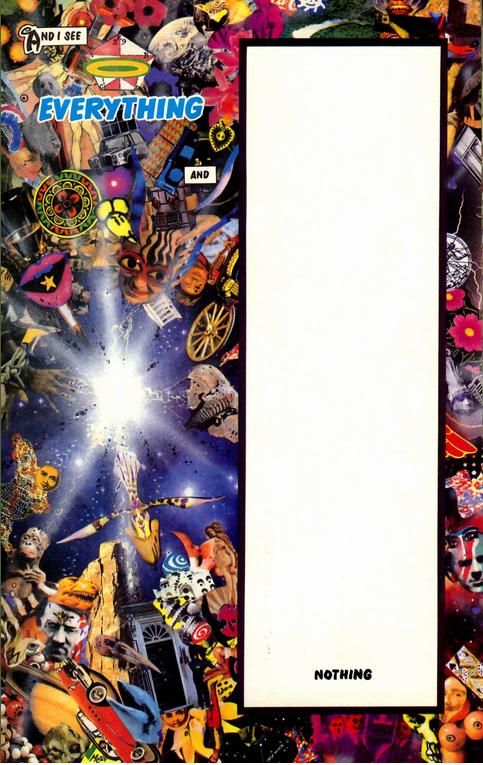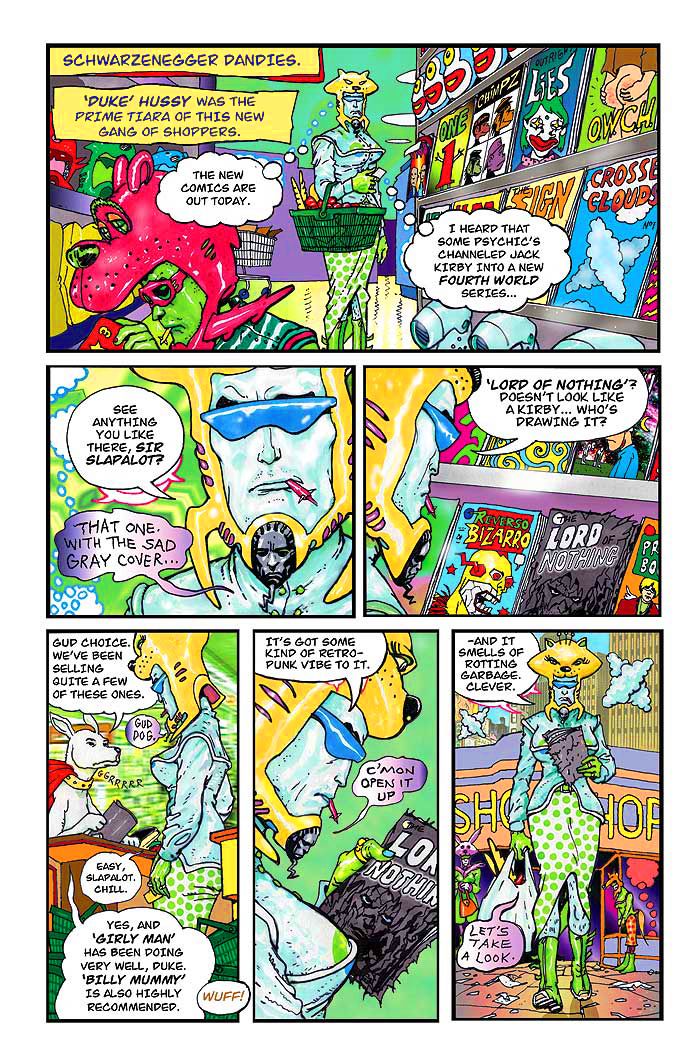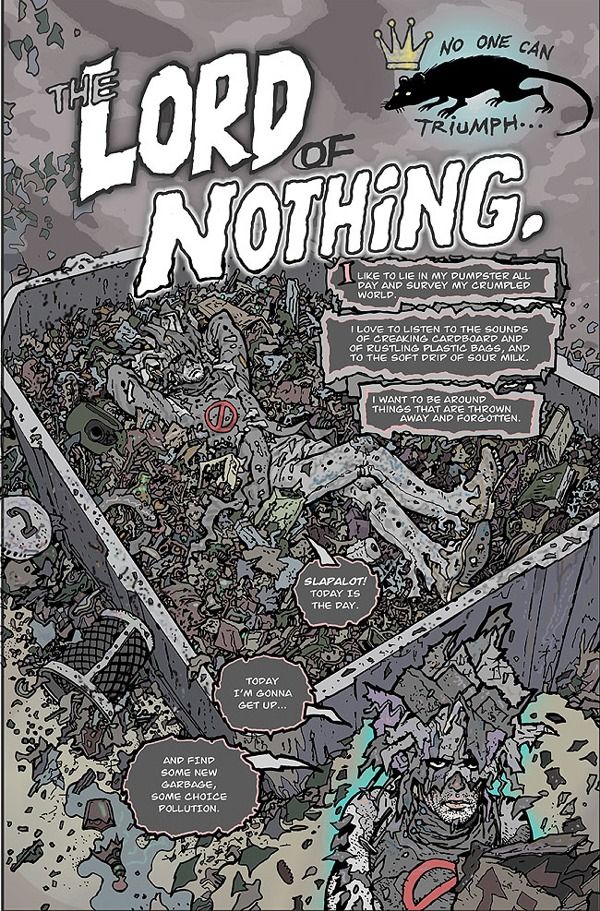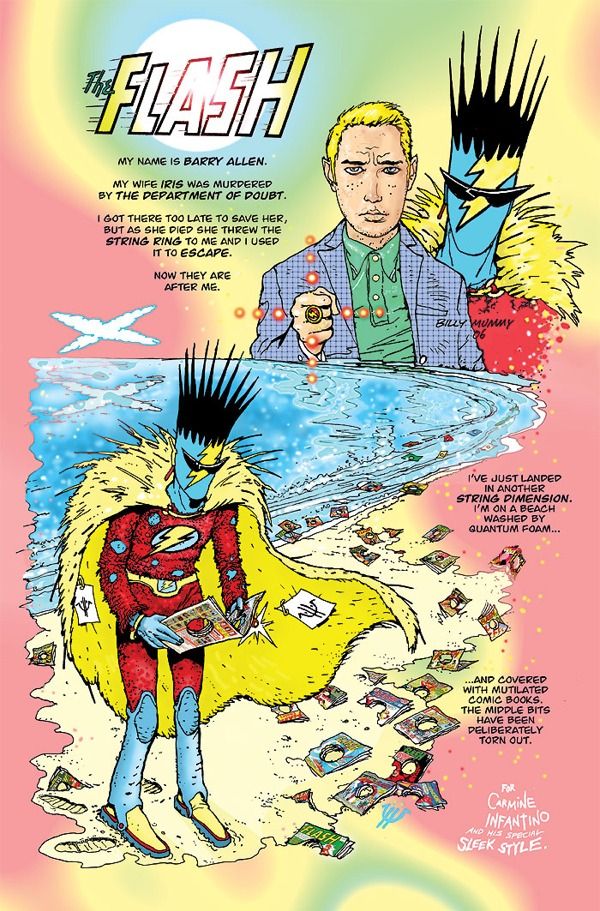If you're a fan of the psychedelic, mind-expanding British Invasion comics, you're probably a fan of today's featured artist. (Archive.)
9/26/07
269. Brendan McCarthy
Brendan McCarthy, the king of cool, is one of those guys who redefines comics every time he deigns to work with the medium. Honestly, I'll buy anything he chooses to do because of the sheer mind-shattering power of his work. Yes, this is one of those occasions where an adjective like "mind-shattering" actually means what it says, and isn't just a piece of meaningless hyperbole. McCarthy is that good.
Like most of his British comic compatriots, he got his big break working on 2000AD, though he'd also produced a few smaller and more obscure works like Sometime Stories and the Electric Hoax before that, sparking up a collaborative relationship with writer Peter Milligan that'd last for quite a while. On 2000AD, he worked on Judge Dredd and ABC Warriors, and Sooner or Later, among other things. Again with Milligan, and also with art buddy Bret Ewins, McCarthy produced the short-lived but beloved and influential anthology Strange Days, which spawned some spin-offs like Paradax, which gave the world the awesome Mirkin the Mystic.
There are a few other various works and pieces throughout this era, such as the hugely controversial Skin, the story of a Thalidomide skinhead, but I'm going to skip ahead to McCarthy's masterwork, the graphic novel Rogan Gosh. Once again pairing with Peter Milligan (and this is the "good" Milligan we're talking about), he produced this astonishingly bizarre but powerful and layered work filled with Indian mysticism and multiple realities and all sorts of stuff. I honestly don't even know how to go about explaining what happens in it, but it's good, and it's affecting. I mean, Jog thinks it's great, so you should too. And the art-- the art! McCarthy pulls out all the stops. It's a tour-de-force of weird beings, shifting perspectives, day-glo colors, multimedia work, tied together with McCarthy's usual, beautifully kooky style.
After this, McCarthy did some Shade the Changing Man covers and a few interiors, working with Pete Milligan again. Always a fan of Steve Ditko, McCarthy used his idol's style as a starting point and pushed forward with the winding surrealism. It keeps the Ditko spirit, but it's all McCarthy.
And then Brendan McCarthy disappeared from comics. He'd been doing design work in comics and such-- for Shade and Doom Patrol and such-- and continued doing such work outside of comics. From music videos with Michael Jackson and Paul McCartney to movies like Teenage Mutant Ninja Turtles and, yes, Coneheads, to the really-snazzy animated series, ReBoot, he was finding work outside of our favorite industry. It looked like comics were behind him.
A couple years ago, though, Brendan McCarthy returned. He put out Swimini Purpose, a collection of his best art and comics work. It enjoyed a small print run and has disappeared everywhere. If you find a copy, tackle it and never let go.
He also did the final issue of Solo, DC's creator-centric anthology. And yeah, this baby was immensely good, filled with pages and pages of lovely weirdness that tied together into a deep and moving story about imagination and comics and crossed clouds and Brendan McCarthy himself. The various stories, pieces, poems, artworks, and all the other stuff McCarthy threw in combine to tell one cohesive tale, in the end. The work is tinged with references to McCarthy's favorite artists and influences like Ditko, Steranko, Swan, and Quitely. You know, Jog really says this stuff better than I do, so I'm sending you over to him again.
So, yeah. Whatever Brendan McCarthy chooses to do, I'm in. I hope he continues to put out beautiful, brain-smashing comics.
For more on McCarthy, hit up this terrifically in-depth website dedicated to him, and read this cool interview at the 2000AD website. And read this other interview, mostly about Solo.


